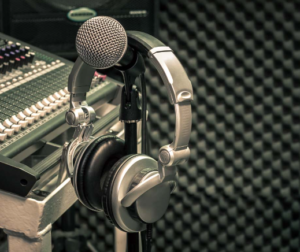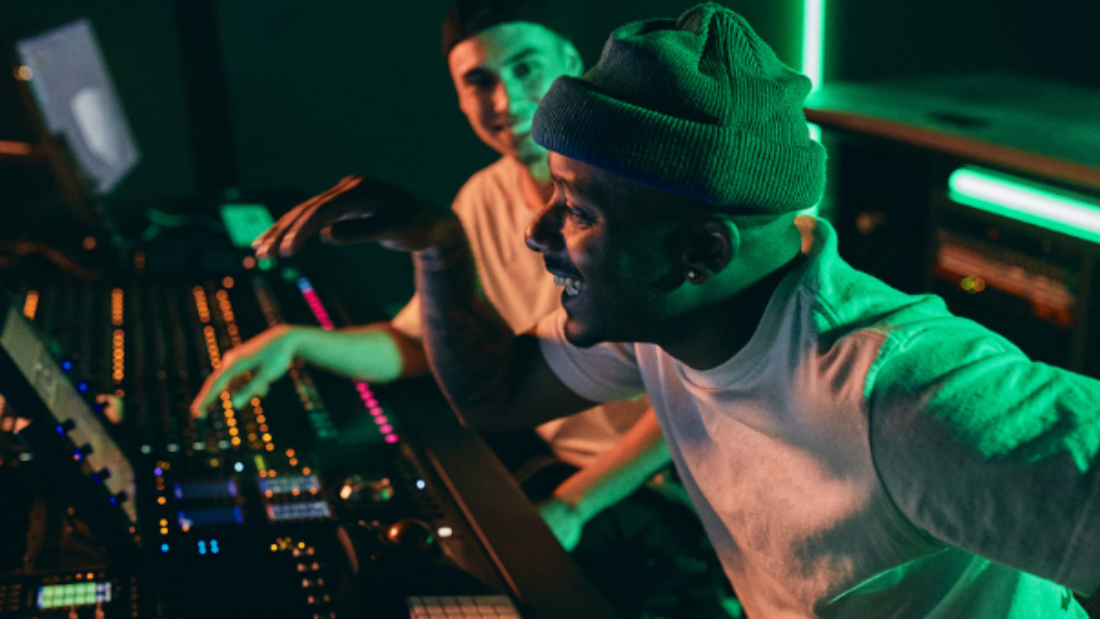|
Getting your Trinity Audio player ready...
|
Have you ever wanted to have your music recording studio but didn’t know where to start? Music recording is a complex process, but it doesn’t have to be overwhelming. With the right knowledge and equipment, anyone can start making studio-quality recordings. In this article, we will cover the basics of music recording and discuss some tips and tricks to get you up and running quickly. We’ll walk you through everything – from selecting the right equipment and setting up a space ideal for recording, to online tracking techniques for sculpting soundscapes with exceptional audio quality. So if you’re an aspiring producer, read on as we take you through Music Recording 101!
Music Recording Equipment 
The first step in setting up a recording studio is to select the right equipment. This includes microphones, audio interfaces, and software. Choose gear that fits your budget and meets your needs.
Space
You’ll also need to find an appropriate space for recording. Consider acoustics, noise levels, and comfort when selecting a room or area for your studio.
Setup
Once you have the right equipment and space, it’s time to set up your studio. This includes connecting all of your gear, configuring settings on the audio interface and software, setting up monitors and headphones, and creating a comfortable workspace.
Tracking
Now that everything is ready, it’s time to start tracking! Begin by setting levels and recording a test track to make sure everything is working correctly. Then, record your tracks one at a time, taking care to adjust levels and EQ as you go.
Mixing & Mastering
Once all of your tracks are recorded, it’s time to mix and master them. This is where you’ll be sculpting the soundscapes with effects and EQ to create the perfect mix. It’s also important to use mastering techniques such as compression and limiting for optimal audio quality.
Delivery
The final step in music recording is delivery. This includes exporting your tracks in the right format (e.g., MP3 or WAV) and uploading them online or to an audio distribution service such as Band camp or Sound Cloud.
Tips & Tricks
Here are some helpful tips and tricks for recording music. First, make sure to take regular breaks while recording as this will help keep your ears fresh and prevent fatigue. Second, use reference tracks when mixing to compare your mix against a professionally produced track. Finally, experiment with different microphones and techniques to find the sound you’re looking for.
Find an Acoustically Balanced Room
Another critical aspect of recording is finding a room with an acoustically balanced environment. The right room can make or break your recordings. It’s important to find a space that has minimal background noise and reverberation. This will help you capture clean and crisp sounds without any distortion.
Publishing.
Publishing is the final step in the music recording process. You can publish your music by submitting it to streaming services such as Spotify, Apple Music, and Tidal. You can also submit your work to record labels and radio stations for potential airplay. Additionally, you can self-publish your music on platforms such as Band camp and Sound Cloud. Finally, don’t forget to promote your music online by using social media platforms like Facebook and Instagram.
Start Selling Your Music.
Once your music is published, you can start selling it on platforms such as iTunes, Amazon Music, and Google Play. You can also set up a website to sell physical copies of your music or merchandise. Additionally, you may want to consider setting up a Patreon page where fans can support your work directly with monthly payments. Finally, don’t forget to promote your music online by using social media platforms like Facebook and Instagram.
Monitor Your Progress
Keep track of your progress by recording and listening to rough mixes, and make sure you’re using the best possible recording techniques.
Conclusion
Music recording is an exciting process that can be both rewarding and challenging. With the right equipment, space, setup, tracking, mixing and mastering techniques, anyone can start producing professional-level recordings. Remember to take regular breaks while tracking and use reference tracks when mixing for optimal results. With these tips in mind, you’ll be well on your way to creating great music!

